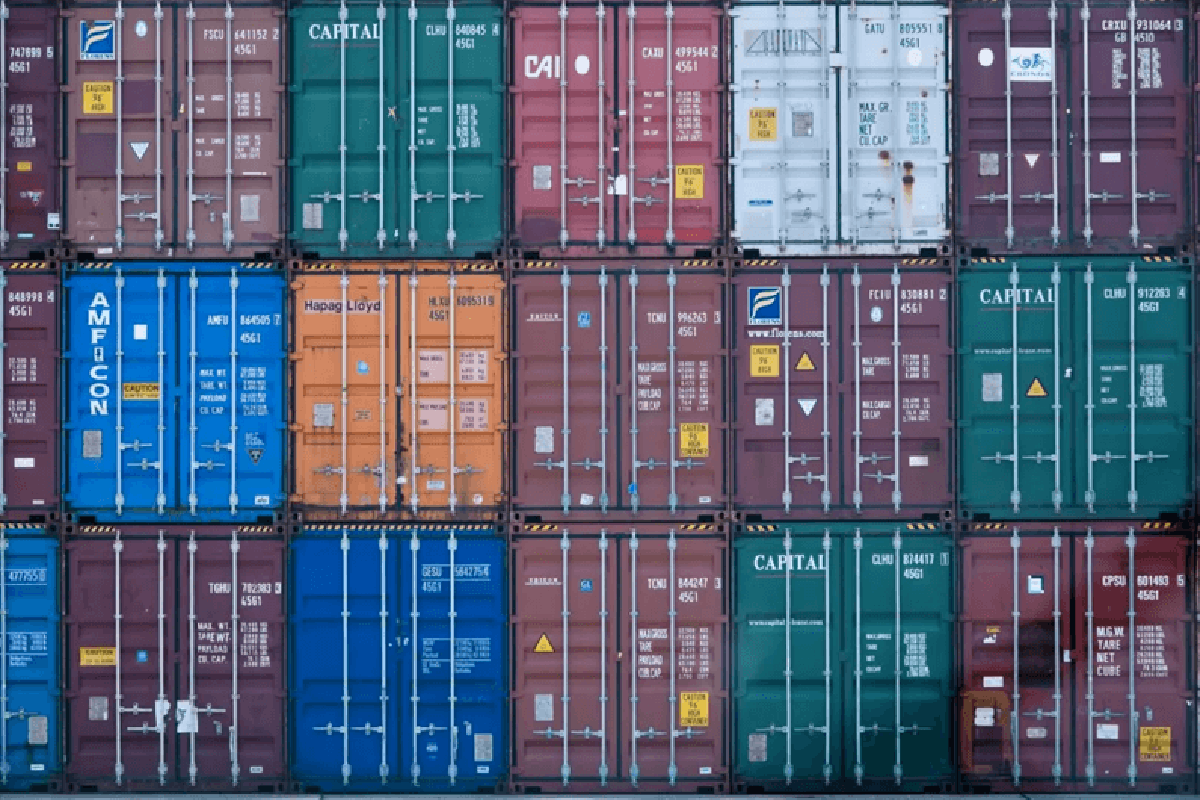NEWS & BLOG
Views: 0 Author: Site Editor Publish Time: 2025-08-11 Origin: Site
In international trade, container shipping services are categorized into CY (Container Yard), CFS (Container Freight Station), FCL (Full Container Load), and LCL (Less Container Load). These terms define how cargo is handled, stored, and transported, impacting cost, efficiency, and risk.

Definition: Exclusive use of a container by one shipper.
Process:
Shipper packs/seals the container at origin.
Carrier delivers the intact container to the destination CY.
Consignee handles unloading.
Best For: High-volume shipments (>15 CBM) or sensitive goods.
Definition: Shared container space for multiple shippers’ cargo.
Process:
CFS consolidates goods at origin.
CFS deconsolidates at destination for individual delivery.
Best For: Small shipments (<15 CBM) or flexible timelines.
Function: Storage area for FCL containers.
Handover: "CY-CY" means carrier responsibility ends at CY.
Function: Hub for LCL cargo consolidation/deconsolidation.
Handover: "CFS-CFS" indicates LCL service end-to-end.
Type | Description | Example Use Case |
|---|---|---|
Door-to-Door | Factory → Consignee’s warehouse | High-value FCL shipments |
CY-to-CY | Origin CY → Destination CY | Standard FCL with self-unloading |
CFS-to-CFS | Origin CFS → Destination CFS | Standard LCL shipments |
Door-to-CFS | Factory → Destination CFS | Partial FCL with multi-consignee |
Pro Tip: "Door-to-Door" FCL reduces handling damage by 60% vs. LCL.
FCL: Minimal marks (container seal suffices).
LCL: Detailed labels (B/L#, consignee info) to avoid mix-ups.
FCL: Lower per-unit cost for >15 CBM.
LCL: No minimum volume but higher $/CBM.
Factor | FCL | LCL |
|---|---|---|
Damage Risk | Low (sealed) | Medium (handling) |
Theft Risk | Low | Medium (shared space) |
Delay Risk | Low | High (consolidation) |
Case Study:
A Shanghai exporter saved 22% by switching from 3x LCL to 1x 20’ FCL for 18 CBM electronics.

Pick FCL If:
✓ Shipment fills >75% of a container
✓ High-value or fragile goods
✓ Tight deadlines (avg. 5-day time savings)
Pick LCL If:
✓ Shipment <15 CBM
✓ Testing new markets with small orders
✓ Flexible delivery windows
2024 Trend: 67% of SMEs use hybrid strategies (FCL for peak season, LCL for restocking).